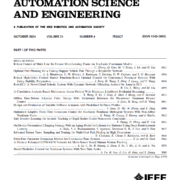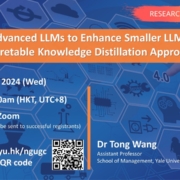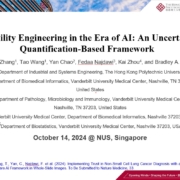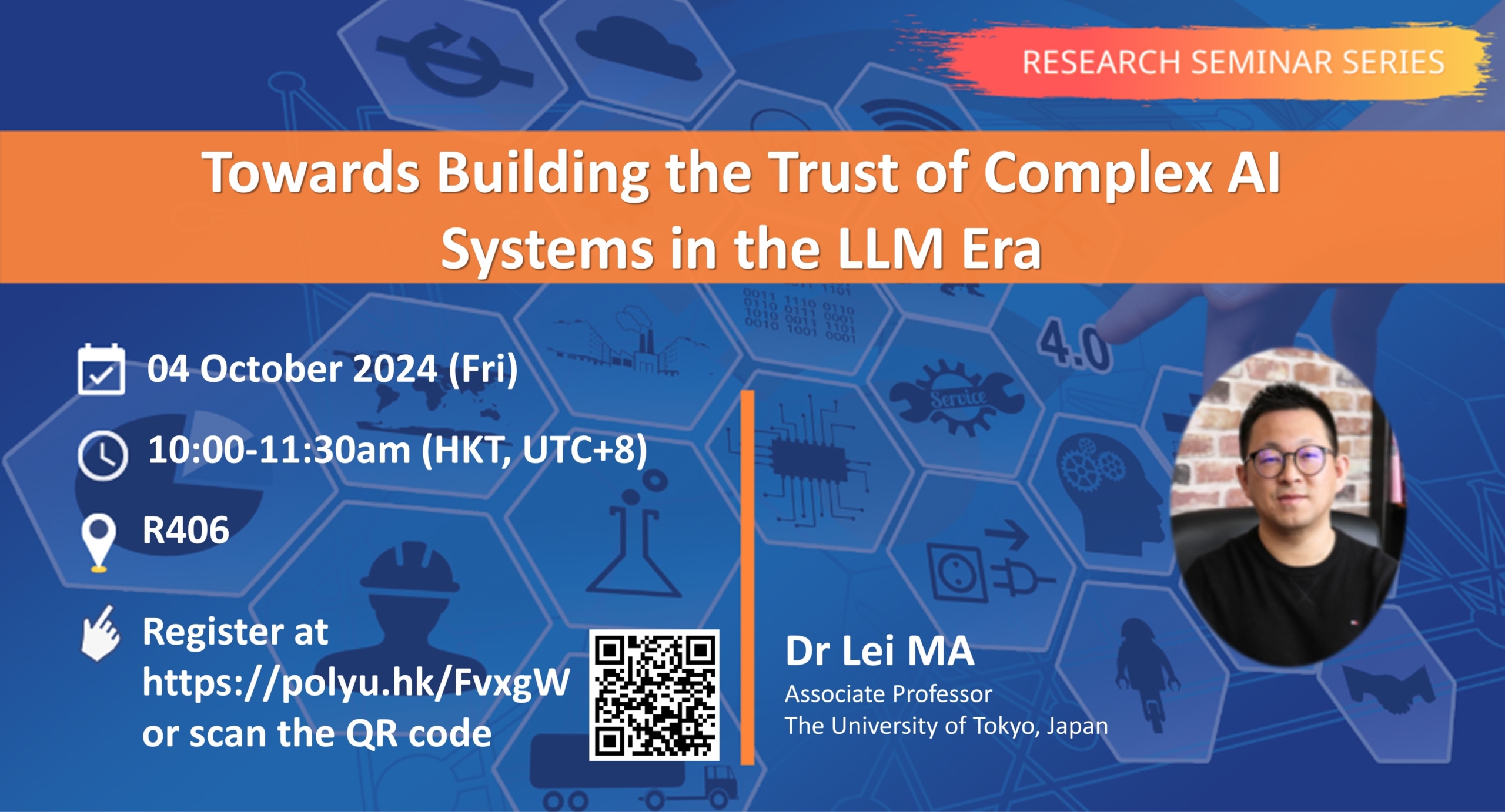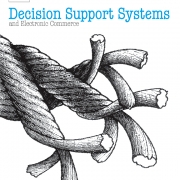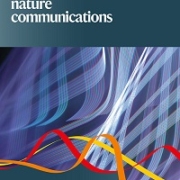Research paper accepted by IEEE Transactions on Automation Science and Engineering
The demand for disruption-free fault diagnosis of mechanical equipment under a constantly changing operation environment poses a great challenge to the deployment of data-driven diagnosis models in practice. Extant continual learning-based diagnosis models suffer from consuming a large number of labeled samples to be trained for adapting to new diagnostic tasks and failing to account for the diagnosis of heterogeneous fault types across different machines. In this paper, we use a representative mechanical equipment – rotating machinery — as an example and develop an uncertainty-aware continual learning framework (UACLF) to provide a unified interface for fault diagnosis of rotating machinery under various dynamic scenarios: class continual scenario, domain continual scenario, and both. The proposed UACLF takes a three-step to tackle fault diagnosis of rotating machinery with homogeneous-heterogeneous faults under dynamic environments. In the first step, an inter-class classification loss function and an intra-class discrimination loss function are devised to extract informative feature representations from the raw vibration signal for fault classification. Next, an uncertainty-aware pseudo labeling mechanism is developed to select unlabeled fault samples that we are able to assign pseudo labels confidently, thus expanding the training samples for faults arising in the new environment. Thirdly, an adaptive prototypical feedback mechanism is used to enhance the decision boundary of fault classification and diminish the model misclassification rate. Experimental results on three datasets suggest that the proposed UACLF outperforms several alternatives in the literature on fault diagnosis of rotating machinery across various working conditions and different machines.

